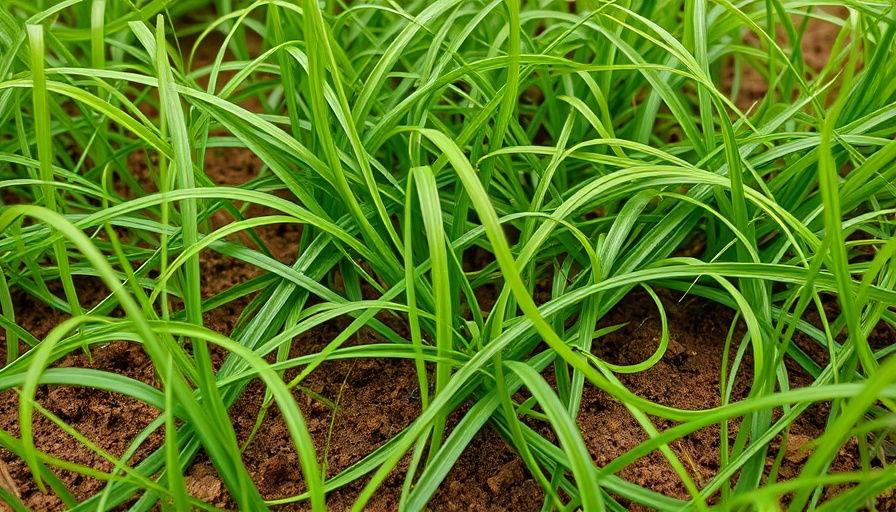
A Gardenscape of Seasonal Wonders
In the heart of Westchester, NY, a remarkable transformation unfolds as landscape designer Ashley Lloyd reimagines a once-stagnant garden. Far from the commonly seen makeovers driven by the need for instant gratification, Lloyd’s project embodies the art of finesse—tending to an existing landscape, nurturing its roots, and breathing new life into a beloved space. This isn't merely about design; it’s about evolving relationships between plants, seasons, and the people who cherish them.
The Challenge: A Garden in Disarray
When Lloyd took the reins, the garden had fallen victim to neglect following the departure of its original caretaker. Weeds dominated, and the structure of the garden had suffered due to construction work, including the addition of a retaining wall. Lloyd saw not just problems but opportunities for enhancement. "The goal was to create layered texture, seasonal contrast, and movement—and to design with the garden’s future evolution in mind," she explains, setting the stage for a thoughtful design process. This approach aligns with an emerging trend in landscape architecture, which emphasizes sustainability and adaptability over rigid plans.
Collaborative Design: A Witness to Nature
As Lloyd immersed herself in the garden, she adopted an observational role, studying the land’s microclimates, light shifts, and drainage patterns. "I had time to observe the land and respond accordingly," she recalls. This meticulous attention to the natural environment highlights a significant shift in contemporary gardening philosophy—designing in harmony with nature rather than conquering it. Such practices are instrumental not only for aesthetic appeal but for fostering biodiversity. Incorporating native and pollinator-friendly plants as Lloyd did is pivotal in combatting the ongoing biodiversity crisis.
Surprise and Delight: Engaging Elements
One of the standout features of Lloyd's garden is its invitation for interaction. Strategically leaving the front garden unfenced creates an engaging space for the community while presenting its own unique challenges, particularly the persistent threat from deer. To combat this, Lloyd has chosen plants that are naturally unappealing to deer, such as allium and floss flower, skillfully creating a tapestry of textures and colors that thrive in their presence.
Moreover, her integration of seasonal planters and new outdoor lighting introduces dynamic elements that change with time, ensuring that the landscape is never static. Each visit could reveal new surprises, further encouraging the residents—and their neighbors—to connect with the garden.
The Legacy of Thoughtful Stewardship
As the project neared completion, Lloyd reflected on her journey with the garden. "The best design happens in relationship and collaboration with the land," she says. By passing on her insights and stewardship to the new caretakers of the garden, she ensures that this landscape will continue to evolve, teaching lessons of care and synergy between nature and human intervention.
Embracing Pesticide-Free Practices
A pivotal aspect of this garden’s revival is its commitment to being pesticide-free. This choice reflects a growing awareness of the health of our ecosystems, pushing back against the conventional gardening practices often reliant on chemical interventions. Creating landscapes that not only look beautiful but also support local flora and fauna is essential for ecological balance.
Inspiration for Your Own Outdoor Space
For homeowners looking to revamp their gardens, there’s much to learn from Lloyd’s approach. A focus on simplifying the existing native plants, engaging the community, and championing environmentally friendly practices can yield stunning results. With care and creativity, transforming a neglected patch into a vibrant sanctuary is not only possible but immensely rewarding.
As you consider your next outdoor project, reflect on the intricate dance between environment and design. For more insights on creating your pesticide-free landscape and practical tips for home gardening, check out our guides to sustainable gardening methods and engaging landscape design.
 Add Row
Add Row  Add
Add 




Write A Comment